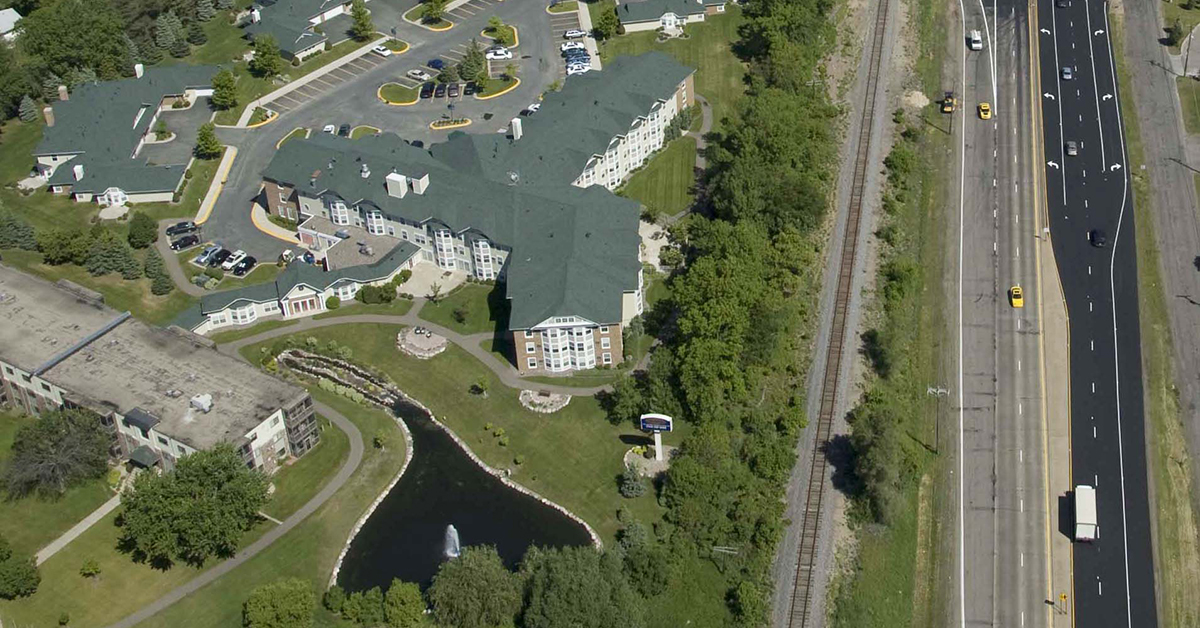Urban stormwater management is the effort to reduce runoff of rainwater or snowmelt into cities and improve water quality. Effective stormwater management addresses runoff through a variety of techniques and strategies, including innovations as advanced as green roofs to the more familiar storm drain.
Over time, rapid urbanization of land into cities has significantly altered the flow of water during and after weather events. Where stormwater was once able to flow into grass and natural waterways to pass back into the water cycle, it may now be trapped by impermeable surfaces. Left unaddressed, this stormwater can lead to significant flooding, degrade water quality, and burden wastewater collection systems.
Civil engineers and federal agencies such as the EPA are working to develop new ways to manage the flow of stormwater such as green infrastructure and programs like the Urban Waters Federal Partnership. The ultimate goal of urban stormwater management is to harmonize our built environment with ongoing natural elements.
Benefits of Effective Urban Stormwater Management
Urban stormwater management benefits communities both environmentally and financially along with promoting a healthier, safer public.
Environmental Benefits
Protecting Water Quality | Stormwater runoff is a major source of water pollution as identified by the EPA. Pollutants like dissolved metals and organic chemicals can find their way into water used for drinking, recreation, and maintaining ecosystems. Proper stormwater management ensures less pollutants are carried to surface water or prevents flooding, which can contaminate water sources.
Preserving Natural Ecosystems | Preserving natural ecosystems is essential for maintaining biodiversity and ecological balance. Without stormwater management, urban stream syndrome corrupts natural streams with contamination, altered morphology, and increased dominance of invasive species.
Social and Economic Benefits
Enhancing public health | Runoff practices reduce flooding and soil erosion leading to less pollutants carried to surface water. This promotes the implementation of green spaces such as parks, which can boost mental health and lower stress levels.
Boosting property values | Urban runoff controls can enhance the beauty of natural surroundings and quality of life, thus increasing property values. Unmanaged wet ponds, for example, reduce property values due to algae growth or garbage buildup, adversely impacting residents and wildlife.
Recreational activities | Stormwater management can ensure that recreational activities important to local economies can continue safely for participants and ecosystems. Some components of stormwater management can even double as recreation space for communities, such as detention basins.
Key Components of Urban Stormwater Systems
Green Infrastructure
Green infrastructure provides solutions for urban challenges by building with nature and even mimicking the functions of natural ecosystems. For example, hard surfaces that are also permeable and drainage systems can redirect and slow down runoff. Below are some examples of green infrastructure at work.
Rooftop gardens provide urban areas with a botanical shield from the sun and help with retaining rainwater and slowing runoff. Rooftop gardens also moderate the heat island effect by reducing surrounding air temperature and providing shade. This tactic also improves mental health and boosts energy efficiency.
Permeable pavements are paving systems that help reduce excessive runoff by allowing stormwater to infiltrate its layers to reach soil.
Traditional Urban Stormwater Management Infrastructure
Gutters, drains, pipes, and retention basins designed to be part of the built environment are all examples of traditional stormwater management or “gray infrastructure.”
For example, storm drains collect and redirect stormwater away to prevent flooding and contaminating local water resources with pollutants. Detention basins, which are easy to design and construct, help control the flow of stormmwater through lessening the force of the runoff.
Challenges in Implementing Urban Stormwater Solutions
Some communities may view the implementation of green infrastructure and policy decisions as expensive, especially when compared to gray infrastructure. In reality, green infrastructure is often as cost-effective (if not more so) than traditional stormwater infrastructure. Comprehensive cost-benefit analyses demonstrate that green infrastructure not only ensures clean air and water but also boosts the social and mental health of the public.
When integrated with existing infrastructure, green infrastructure efforts don’t fully replace existing infrastructure but rather supplements them when integrated. In the long run, however, basing management infrastructure on green infrastructure practices often results in lower capital costs for developers. Ultimately, a gray-green approach can diminish public spending on stormwater management.
Conclusion
By 2050, 89.19% of the total population of the U.S. will inhabit urban areas. In addition, climate change and eroding coastal landscapes will only increase and complicate the demands of urban stormwater management. These factors make it even more important to reconcile our infrastructure with our environment.
Learn more about our Water Resource Management and Environmental Planning Services.

